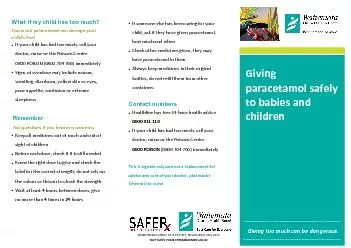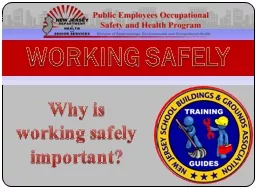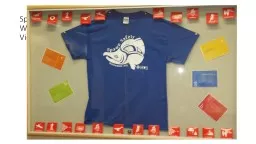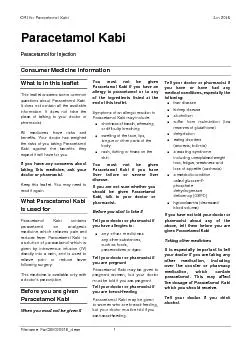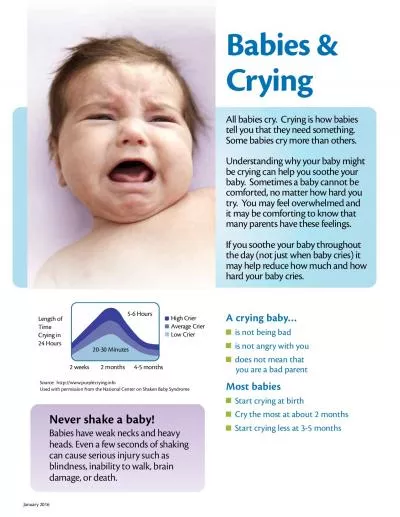PDF-Giving too much can be Giving paracetamol safely to babies and childre
Author : test | Published Date : 2015-09-20
Classix00660069cax00740069on number 100207017 Review date February 2016 Things to remember Ask quesx00740069ons if you have any concernsKeep all medicines out of
Presentation Embed Code
Download Presentation
Download Presentation The PPT/PDF document "Giving too much can be Giving paracetamo..." is the property of its rightful owner. Permission is granted to download and print the materials on this website for personal, non-commercial use only, and to display it on your personal computer provided you do not modify the materials and that you retain all copyright notices contained in the materials. By downloading content from our website, you accept the terms of this agreement.
Giving too much can be Giving paracetamol safely to babies and childre: Transcript
Download Rules Of Document
"Giving too much can be Giving paracetamol safely to babies and childre"The content belongs to its owner. You may download and print it for personal use, without modification, and keep all copyright notices. By downloading, you agree to these terms.
Related Documents

